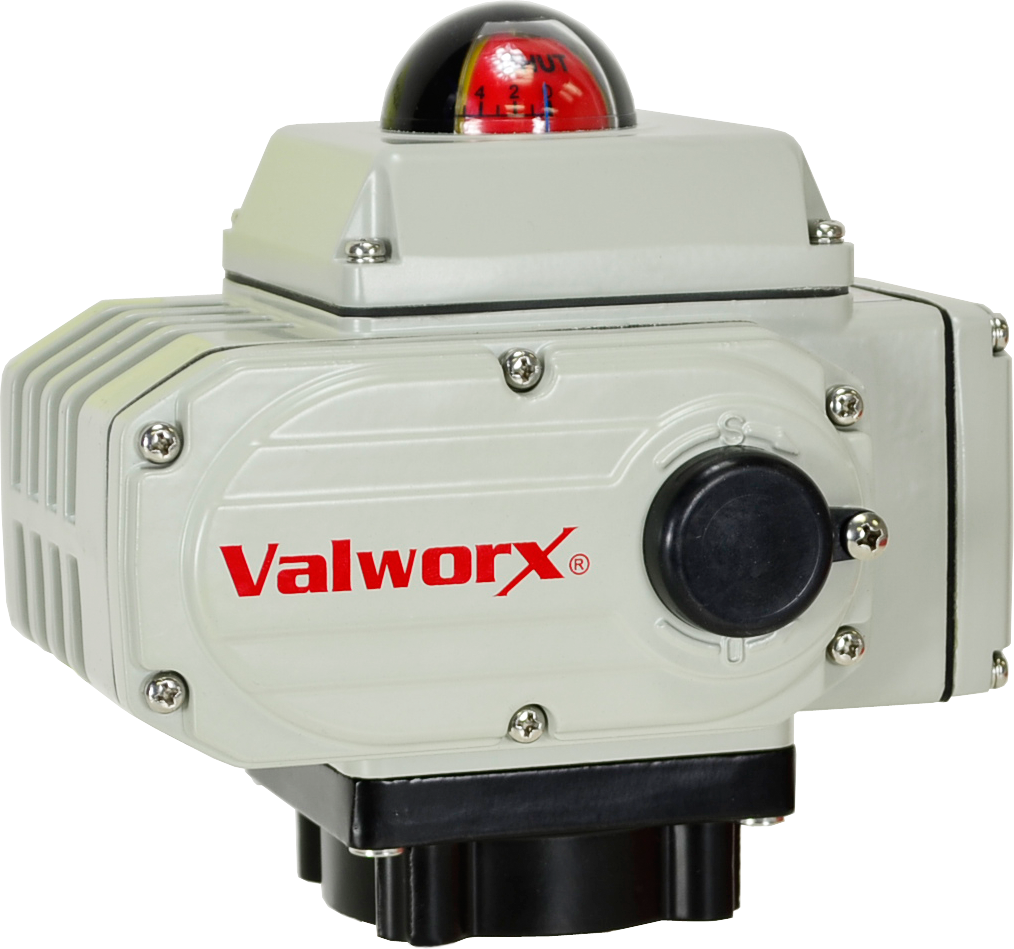 Fluid control is an essential aspect of various industries, ranging from manufacturing to oil and gas. One of the most versatile and reliable components used for fluid control is the full Ball Valve Electric Actuator. In this comprehensive guide, we will explore the applications of full port ball valves, their advantages, and how they contribute to advanced fluid control systems.
Fluid control is an essential aspect of various industries, ranging from manufacturing to oil and gas. One of the most versatile and reliable components used for fluid control is the full Ball Valve Electric Actuator. In this comprehensive guide, we will explore the applications of full port ball valves, their advantages, and how they contribute to advanced fluid control systems.
Chapter 1: Understanding Full Port Ball Valves
What is a Full Port Ball Valve?
A full port ball valve is a type of valve that uses a hollow, perforated ball to control the flow of fluids. The ball has a hole or port through its center, allowing the fluid to pass through when aligned with the valve’s flow path. When the ball is rotated 90 degrees, the port is perpendicular to the flow path, effectively blocking the fluid flow.
Advantages of Full Port Ball Valves
Full port ball valves offer several advantages over other types of valves, making them a popular choice in fluid control systems. Some of the key advantages include:
- Low Flow Resistance: Full port ball valves have a larger flow path compared to other valves, reducing flow resistance and allowing for efficient fluid flow.
- Quick Operation: The 90-degree rotation of the ball allows for quick opening and closing of the valve, enabling rapid response in fluid control systems.
- Tight Shut-Off: When fully closed, full port ball valves provide a tight shut-off, preventing any leakage or loss of fluid.
- Versatility: Full port ball valves can handle a wide range of fluids, including liquids, gases, and even slurries, making them suitable for diverse applications.
Chapter 2: Applications of Full Port Ball Valves
Industrial Applications
Full port ball valves find extensive use in various industrial applications, such as:
- Chemical Processing: Full port ball valves are ideal for controlling the flow of chemicals, ensuring precise and reliable fluid control in chemical processing plants.
- Oil and Gas: In the oil and gas industry, full port ball valves play a crucial role in controlling the flow of oil, gas, and other fluids in pipelines, refineries, and drilling operations.
- Water Treatment: Full port ball valves are commonly used in water treatment plants to regulate the flow of water, ensuring efficient treatment processes.
HVAC Systems
Heating, ventilation, and air conditioning (HVAC) systems also benefit from the use of full port ball valves. These valves are used in:
- Chilled Water Systems: Full port ball valves help control the flow of chilled water in HVAC systems, ensuring optimal cooling efficiency.
- Hot Water Systems: In hot water systems, full port ball valves regulate the flow of hot water, maintaining the desired temperature for various applications.
Chapter 3: Design and Operation
Design Features of Full Port Ball Valves
Full port ball valves are designed with several key features, including:
- Full Bore: The flow path of a full port ball valve has the same diameter as the pipeline, minimizing flow restrictions and pressure drops.
- Floating Ball Design: The ball of a full port ball valve is held in place by two floating seats, allowing for smooth and reliable operation.
Operation of Full Port Ball Valves
Full port ball valves can be operated manually or automatically. Manual operation is achieved through the use of a handle or lever, while automatic operation involves the use of actuators or electric motors.
Conclusion
Full port ball valves offer advanced fluid control capabilities and find extensive use in various industries. Their low flow resistance, quick operation, and tight shut-off make them an excellent choice for precise and efficient fluid control. By understanding the applications, advantages, and design features of full port ball valves, you can make informed decisions when implementing fluid control systems in your industry.